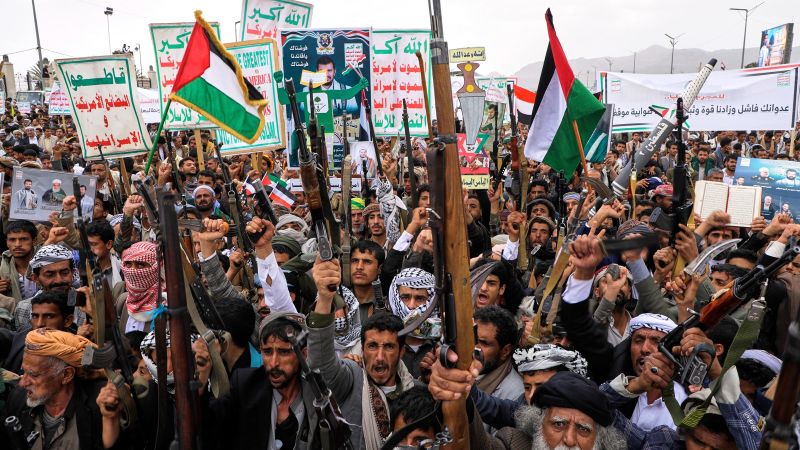Drone Takedowns: How Houthi Precision is Outmaneuvering US Targeted Strikes

In the weeks following the United States' aggressive military campaign against Yemen's Houthi rebels, the militant group has demonstrated unexpected resilience by successfully downing at least seven high-value American drones. This strategic setback has significantly complicated the US military's plans to advance to the next phase of their operation, according to multiple senior US officials speaking on condition of anonymity.
The Houthi rebels' ability to intercept and destroy sophisticated, multi-million-dollar unmanned aerial vehicles has raised serious concerns within military leadership. These drone losses not only represent a substantial financial blow but also potentially compromise the strategic intelligence-gathering capabilities of the US forces in the region.
Sources close to the military operations suggest that the unexpected resistance from the Houthis has forced American strategists to reassess their approach and potentially recalibrate their tactical objectives. The militants' success in neutralizing advanced drone technology highlights the complex and challenging nature of modern asymmetric warfare in the volatile Middle Eastern theater.
